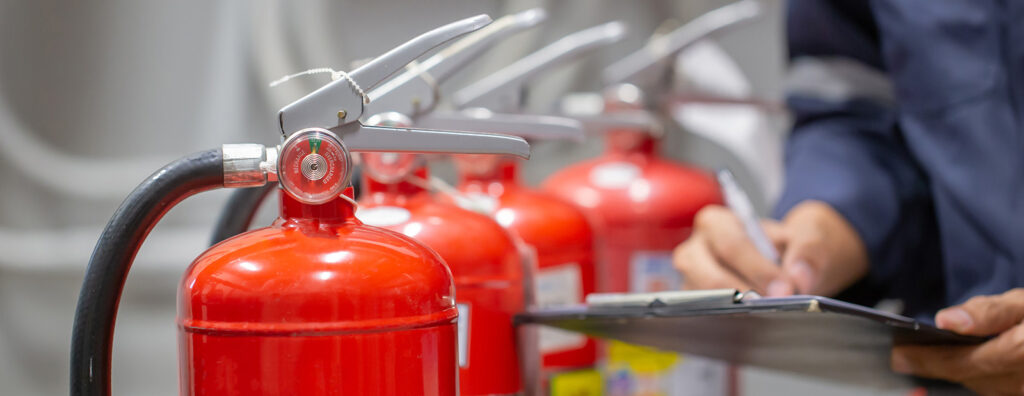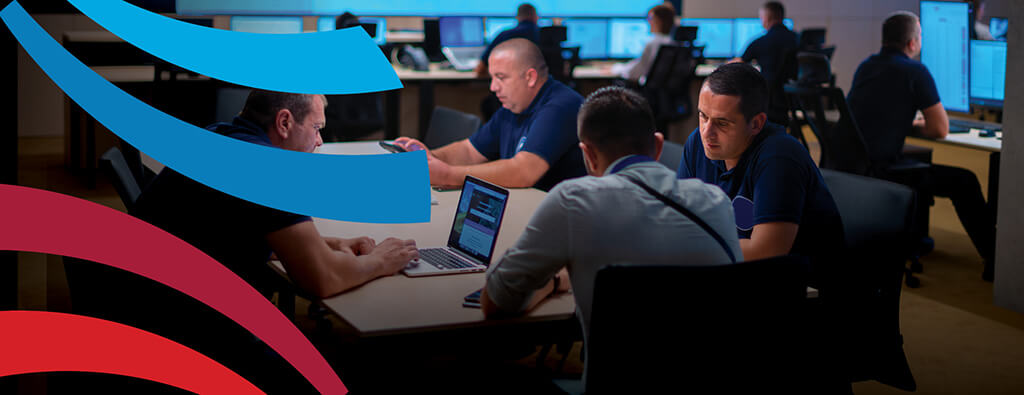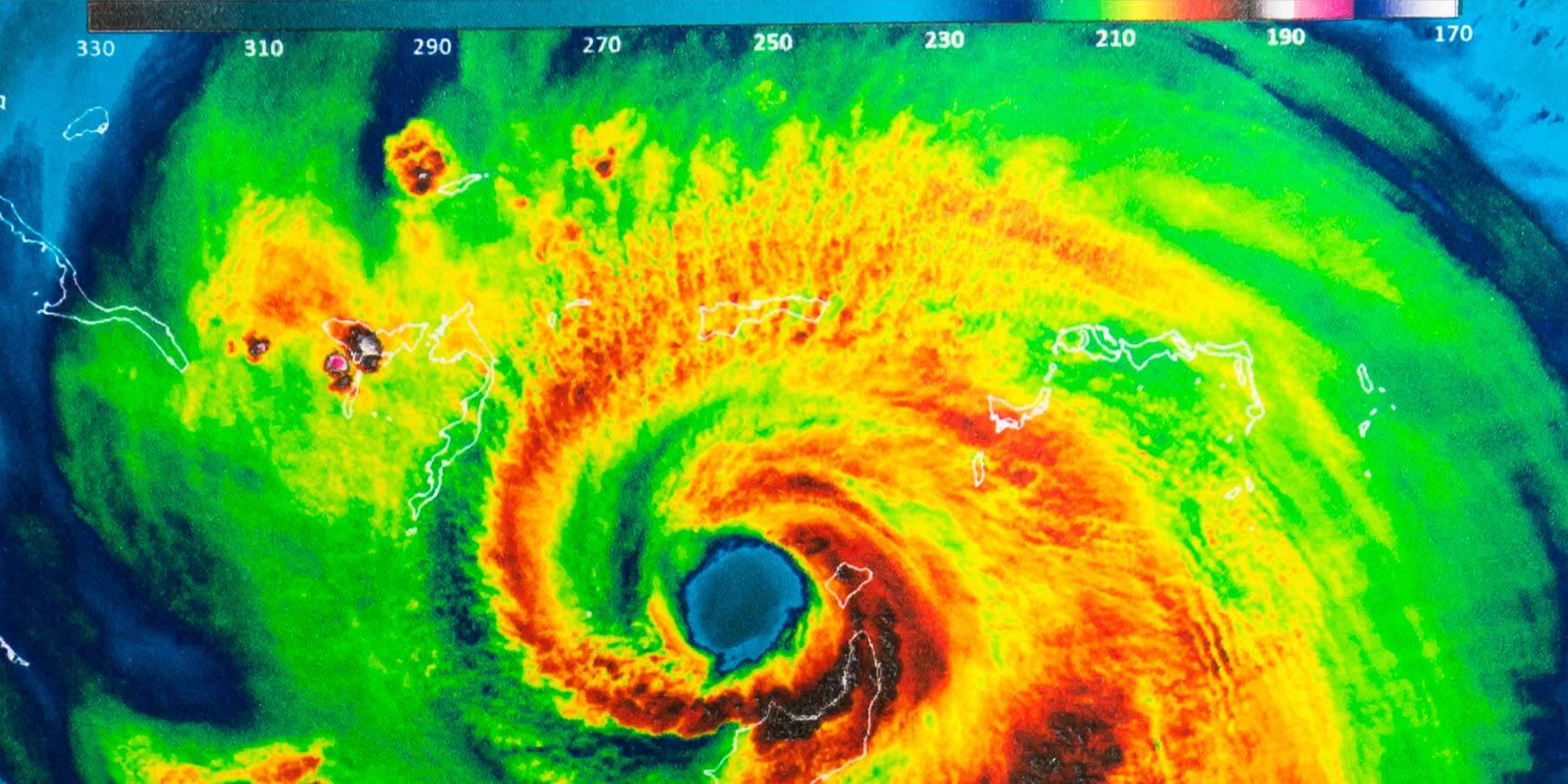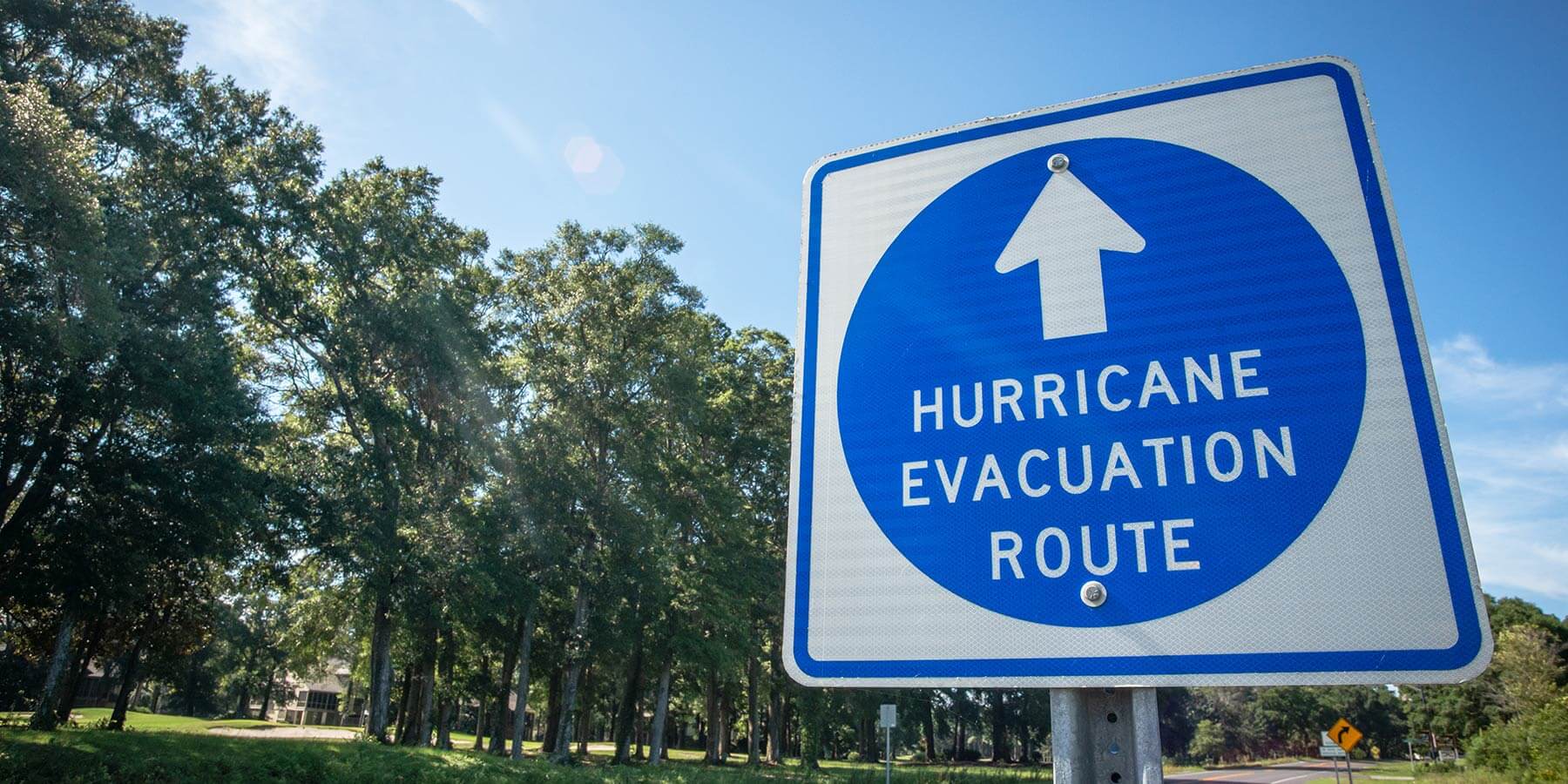Fire Prevention Week kicks off today and is an annual reminder of the importance of fire safety in our homes and communities. This year’s focus is cooking safety, and for good reason—cooking accidents are one of the leading causes of residential and commercial kitchen fires.
Cooking safety is a critical concern not only for homeowners and restaurants, but also for emergency management agencies at every government level. The often-overlooked dangers in the kitchen, such as unattended cooking and incorrect appliance use, can evolve into community-threatening incidents that necessitate organized, strategic responses from agencies tasked with safeguarding public safety and infrastructure.
While households and restaurants focus on immediate kitchen and cooking safety, emergency management agencies must translate this into a broader, scalable strategy: managing minor incidents to prevent their escalation into significant crises.
Government agencies can leverage Fire Prevention Week to amplify community engagement and enhance public awareness campaigns about cooking safety. Informing the public about safe cooking practices becomes a pivotal preventative layer in avoiding larger fire incidents.
Agencies have the capacity and obligation to incorporate preventative strategies into their response frameworks. By promoting regular checks of firefighting equipment, disseminating knowledge on quick, safe fire response, and highlighting the importance of adhering to safe practices, agencies construct a wide-reaching safety net that can protect every community member.
Cooking safely is easy to accomplish with a few simple steps and can make a big difference in preventing fires that put lives and property at risk. Below is helpful information and tips that can be shared with communities:
The kitchen is the heart of the home and one of the most common places where fires occur. Leaving a stove or oven on while stepping away, even for a minute, can lead to disaster. The first step to cooking safety and fire prevention is to stay in the kitchen while cooking or turn the stove or oven off when leaving the kitchen.
Another way to prevent these fire emergencies is by being educated about proper cooking techniques and using the right tools. Using the wrong type of oil for frying, heating oil to temperatures beyond its smoke points, or putting metal in the microwave can cause flames to erupt.
The electricity that powers so many kitchen appliances is also a silent risk that can easily be forgotten and pose serious fire risks. Faulty wiring, damaged cords, and overloaded electrical circuits or outlets are common culprits in kitchen fires. This risk can be diminished by regularly inspecting kitchen appliances and electrical outlets for any signs of wear and tear, replacing damaged cords, or seeking the assistance of a professional electrician.
Like kitchen fires, grill and fryer fires can start when left unattended. In addition, grills and fryers are safest when placed on a stable, flat surface away from flammable materials. Finish the job by cleaning grills and fryers to remove grease buildup to prevent flames from flaring up unexpectedly.
Even when being careful, a fire can still break out while cooking. That’s why having appropriate firefighting equipment nearby is essential. Every kitchen should have a fire extinguisher, smoke detectors, and a fire blanket. When used correctly, these tools can make a significant difference in containing a fire before it spreads and becomes uncontrollable. Note on the calendar to check your firefighting equipment regularly to ensure it is in good working condition. The fire extinguishers should be checked periodically, and smoke detector batteries should be replaced twice a year when we change the clocks.
Knowing how to use a fire extinguisher is essential. It operates using the P.A.S.S. method: Pull the pin, Aim the nozzle, Squeeze the handle, and Sweep from side to side. When a fire occurs, it is crucial to react swiftly and cautiously. If a fire extinguisher or blanket can’t thoroughly smother the flames, evacuate the area immediately and call 911. Safety should always come first.
Fire Prevention Week provides a valuable reminder of the importance of individual and collective safety practices. For emergency management agencies, it catalyzes to refine their strategies, intertwining these crucial safety messages into community interactions and bolstering the safety and preparedness of the communities they protect.
For additional resources and strategies on how your agency can weave safety into community practices, visit the National Fire Prevention Association’s (NFPA) Fire Prevention Week web page here.



